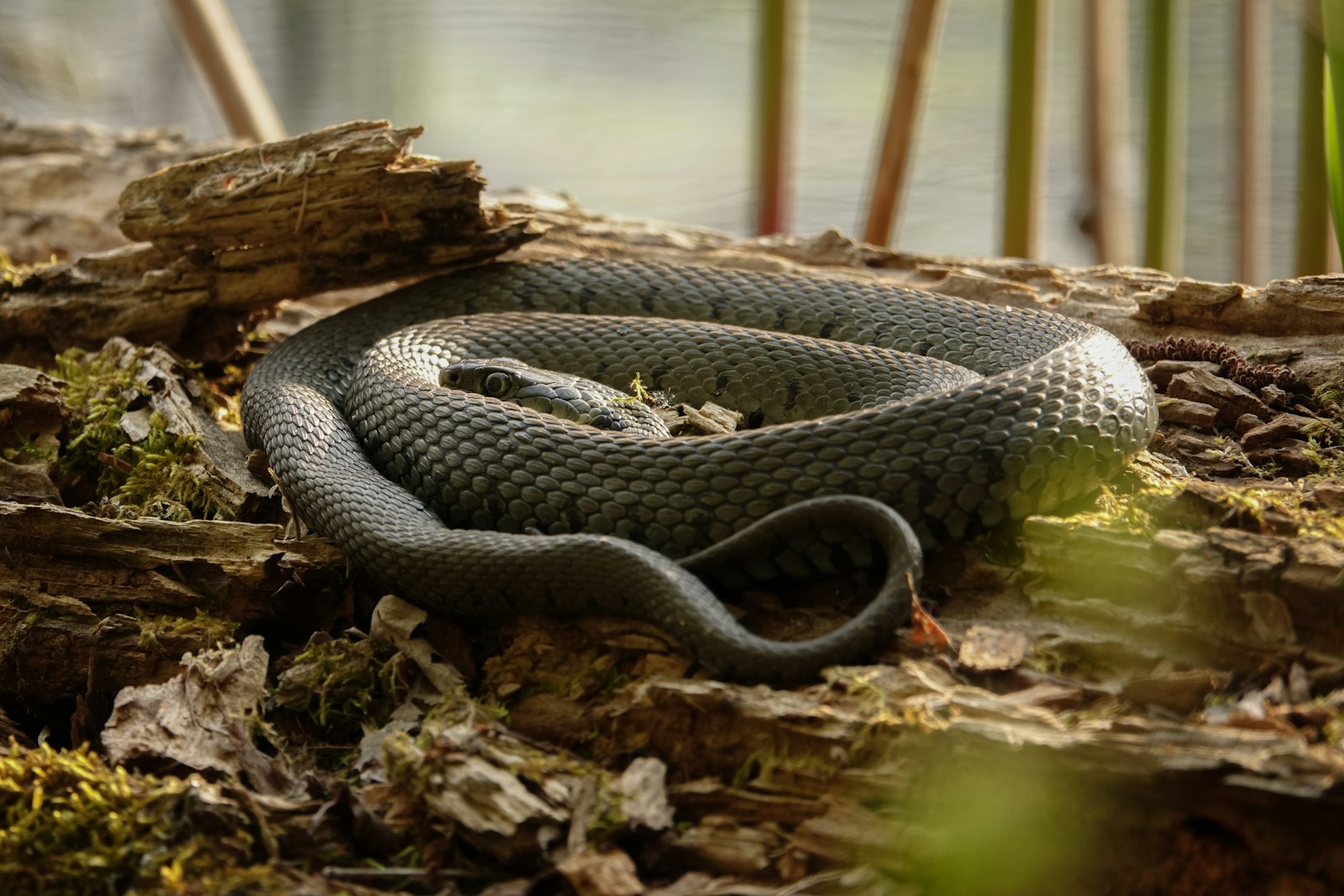For decades, cancer research has focused predominantly on humans and common household pets, leaving many to wonder about other animals in our ecosystem. Snakes, with their unique physiology and remarkable evolutionary adaptations, represent an intriguing case study in comparative oncology. Despite their seemingly alien biology compared to mammals, these reptiles are not immune to the cellular dysregulation that characterizes cancer. Recent scientific investigations have begun to unravel the mysteries of snake cancer, its prevalence, manifestations, and what these discoveries might mean for broader cancer research. As we explore this fascinating intersection of herpetology and oncology, we’ll discover how these ancient creatures experience malignancies and what their cancer susceptibility might teach us about our own.
The Prevalence of Cancer in Reptiles

Cancer has been documented across virtually all vertebrate species studied to date, and snakes are no exception. Research indicates that neoplasia (the abnormal growth of tissues) occurs in reptiles at rates lower than those observed in mammals, but it certainly exists. Studies of snake populations in both captivity and the wild have identified various forms of cancer, though comprehensive epidemiological data remains limited. Veterinary records suggest that approximately 2-8% of captive snakes may develop some form of neoplasia during their lifetime. This lower incidence compared to mammals has prompted scientific interest in understanding the potential protective factors that might be at play in snake physiology. Some researchers speculate that their slower metabolism and unique immune systems may contribute to different cancer patterns than those seen in warm-blooded animals.
Types of Cancer Commonly Found in Snakes
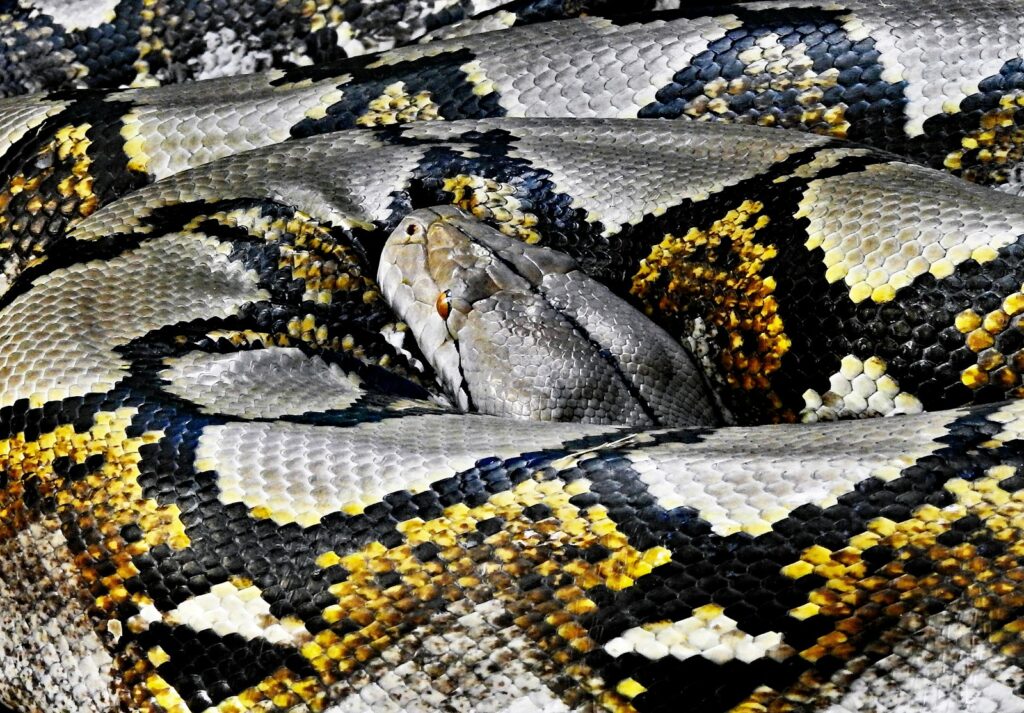
Snakes can develop several forms of cancer, with some types appearing more frequently than others in clinical settings. Lymphoma, a cancer of the lymphatic system, represents one of the more commonly diagnosed malignancies in serpents, affecting the immune system and often presenting as swellings or masses throughout the body. Hemangiomas and hemangiosarcomas, tumors that develop from blood vessels, have been documented in various snake species, sometimes appearing as discolored patches on the skin or internal masses. Squamous cell carcinomas affect the skin and oral cavities of snakes, while various forms of leukemia impact blood-forming tissues. Fibrosarcomas, which affect connective tissue, can develop anywhere in the snake’s elongated body, sometimes creating visible distortions in the snake’s typically smooth silhouette. The distribution of these cancers varies between species, with certain snake families showing greater susceptibility to particular forms of neoplasia.
Unique Aspects of Snake Cancer Biology
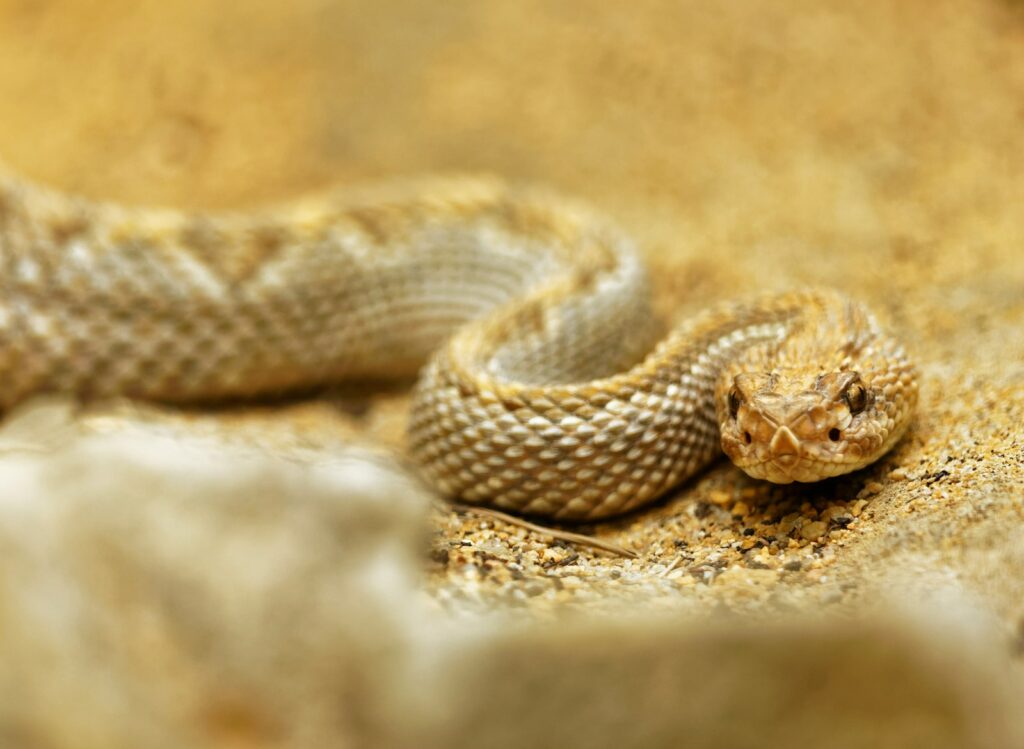
Snake cancer presents fascinating biological distinctions from mammalian cancer, reflecting their evolutionary divergence and specialized adaptations. Their poikilothermic (cold-blooded) physiology means that cellular processes, including potential cancerous mutations, operate differently than in homeothermic (warm-blooded) animals. Snakes’ remarkable ability to dramatically regulate their metabolism—slowing it during periods of fasting or hibernation—may influence how cancers develop and progress in these animals. Their unique immune systems, which function effectively across a wider temperature range than mammalian systems, potentially interact with cancer cells differently. Additionally, the extreme elongation of snake bodies means that tumors can develop far from vital organs in some cases, allowing snakes to sometimes tolerate larger masses before experiencing life-threatening complications. These biological peculiarities make snake cancer a particularly interesting subject for comparative oncology studies, potentially offering insights not available from traditional mammalian models.
Environmental Factors and Cancer Risk
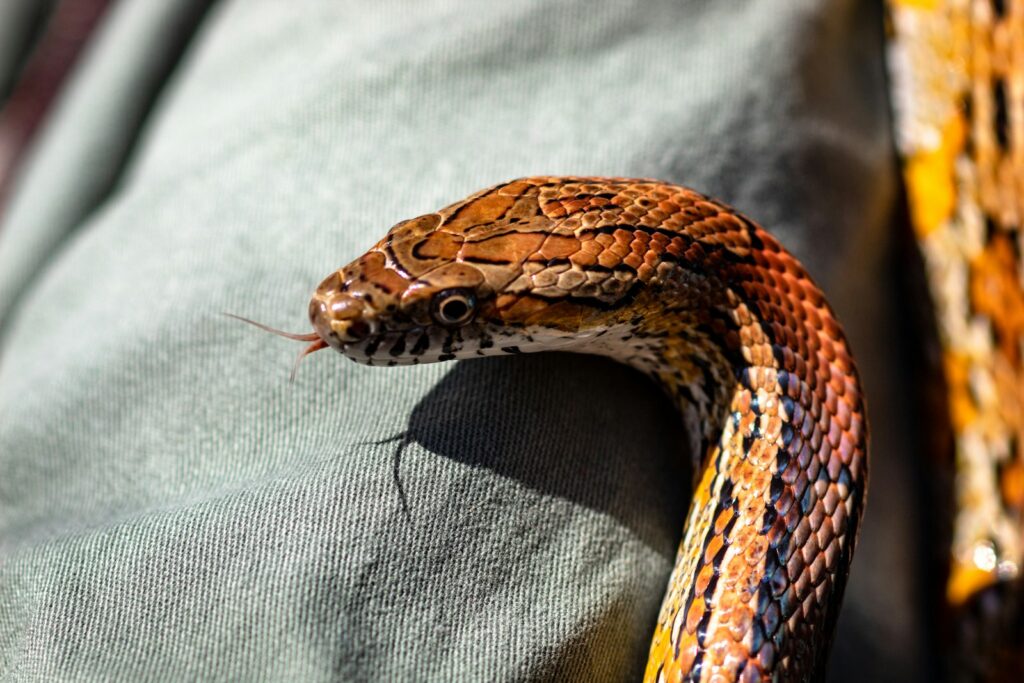
Environmental conditions play a significant role in cancer development across species, and snakes are subject to many of the same carcinogenic influences as other animals. Exposure to ultraviolet radiation has been linked to skin cancers in reptiles, particularly in species that regularly bask in the sun. Toxins and pollutants in the environment, including pesticides and industrial chemicals, may accumulate in snake tissues over their relatively long lifespans, potentially contributing to cancer risk. In captivity, improper husbandry practices—such as inadequate temperature regulation, inappropriate substrate choices, or exposure to cigarette smoke—can increase cancer risk factors. Some studies suggest that viral infections may play a role in certain snake cancers, similar to how specific viruses are associated with cancer development in mammals. Understanding these environmental triggers is crucial for both wildlife conservation efforts and improved captive care protocols to minimize cancer incidence in snake populations.
Diagnosing Cancer in Snakes

Detecting cancer in snakes presents unique challenges compared to mammalian diagnosis, requiring specialized techniques and interpretive skills. Veterinarians specializing in exotic animals typically begin with a thorough physical examination, looking for abnormal swellings, discolorations, or changes in behavior that might indicate a developing neoplasm. Advanced imaging techniques, including radiography (X-rays), ultrasonography, computed tomography (CT), and magnetic resonance imaging (MRI), play crucial roles in identifying internal masses that would otherwise remain undetected. Cytology and histopathology remain the gold standards for definitive diagnosis, involving the microscopic examination of cells or tissue samples obtained through fine needle aspiration or biopsy procedures. Blood chemistry profiles may reveal secondary changes associated with certain cancers, such as altered liver enzymes or protein levels. The elongated anatomy of snakes can sometimes make locating and accessing tumors more challenging than in compact-bodied animals, requiring specialized endoscopic approaches in some cases.
Treatment Options for Snake Cancer
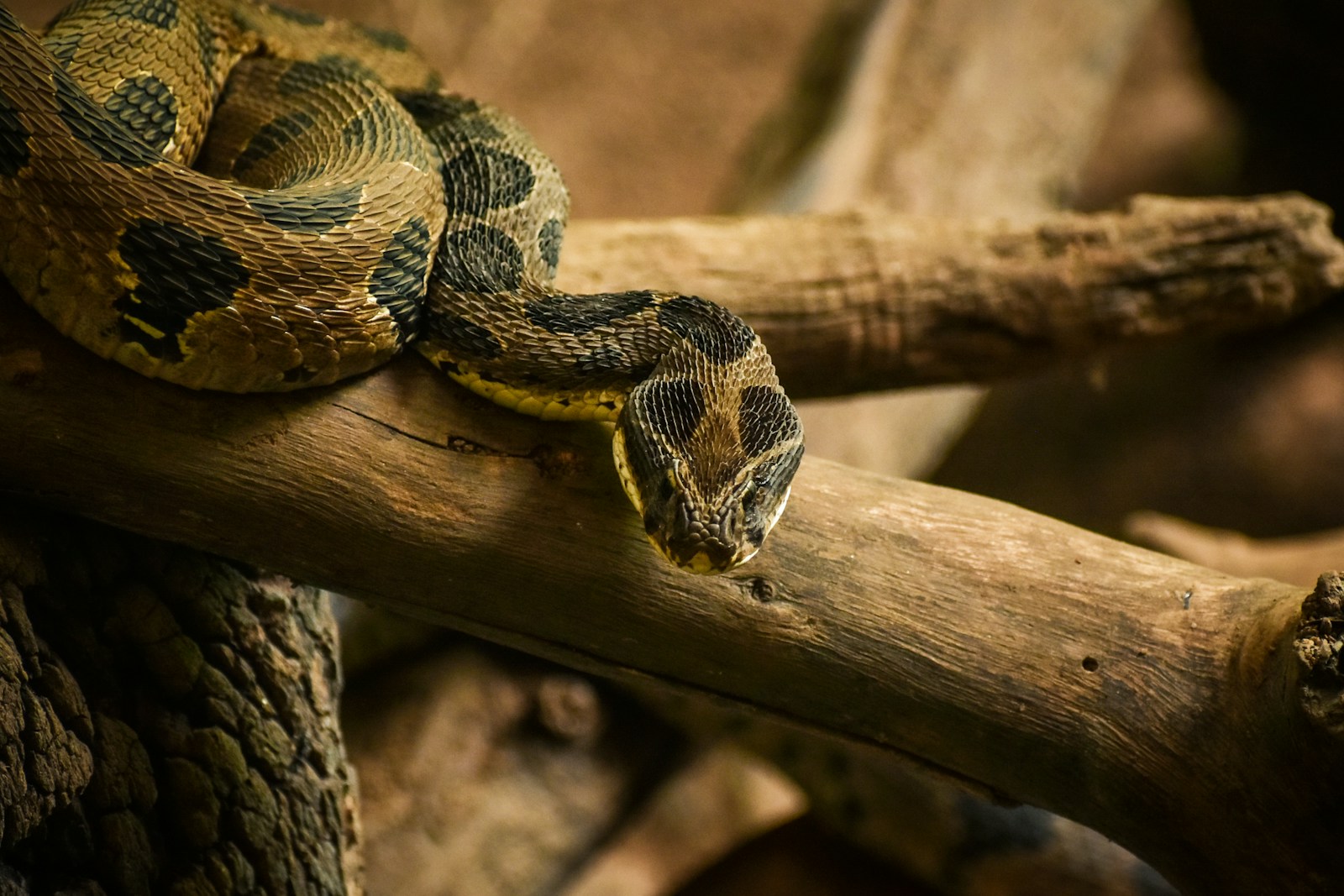
Treatment protocols for snakes diagnosed with cancer have evolved significantly in recent years, though they still lag behind the options available for mammals. Surgical excision represents the most common and often most successful treatment approach, particularly for accessible, well-defined tumors that haven’t metastasized. Chemotherapy protocols have been adapted for reptilian patients, with dosages and frequencies modified to account for their distinctive metabolism and physiology. Radiation therapy, though less commonly employed due to limited availability at exotic animal facilities, has shown promise in treating certain snake neoplasms, particularly when surgery alone is insufficient. Supportive care, including specialized nutritional support, pain management, and environmental modifications, plays a crucial role in maintaining quality of life during treatment. The unique challenge in snake cancer treatment involves balancing effective intervention with minimal stress, as reptiles are particularly sensitive to handling and environmental disruptions. Emerging therapies being explored include immunomodulatory approaches that leverage the snake’s own immune system to combat cancer cells.
The Role of Age in Snake Cancer Risk

As with many other vertebrates, age constitutes a significant risk factor for cancer development in snakes, though the relationship manifests in distinctive ways owing to their unique biology. Many snakes possess impressive longevity, with some species regularly surviving several decades in appropriate conditions, providing ample time for the accumulation of genetic mutations that may lead to cancer. Studies suggest that neoplasia is significantly more common in older snakes, particularly those beyond the midpoint of their expected lifespan. This pattern aligns with the multiple-hit hypothesis of carcinogenesis, which proposes that cancer typically results from an accumulation of genetic alterations over time. Interestingly, the slower metabolism of snakes compared to similarly-sized mammals might theoretically reduce the rate of cellular damage from free radicals, potentially extending the timeline for cancer development. Veterinary records indicate that geriatric snakes should be monitored more closely for developing neoplasms, particularly species known to have greater cancer susceptibility as they age.
Species Differences in Cancer Susceptibility
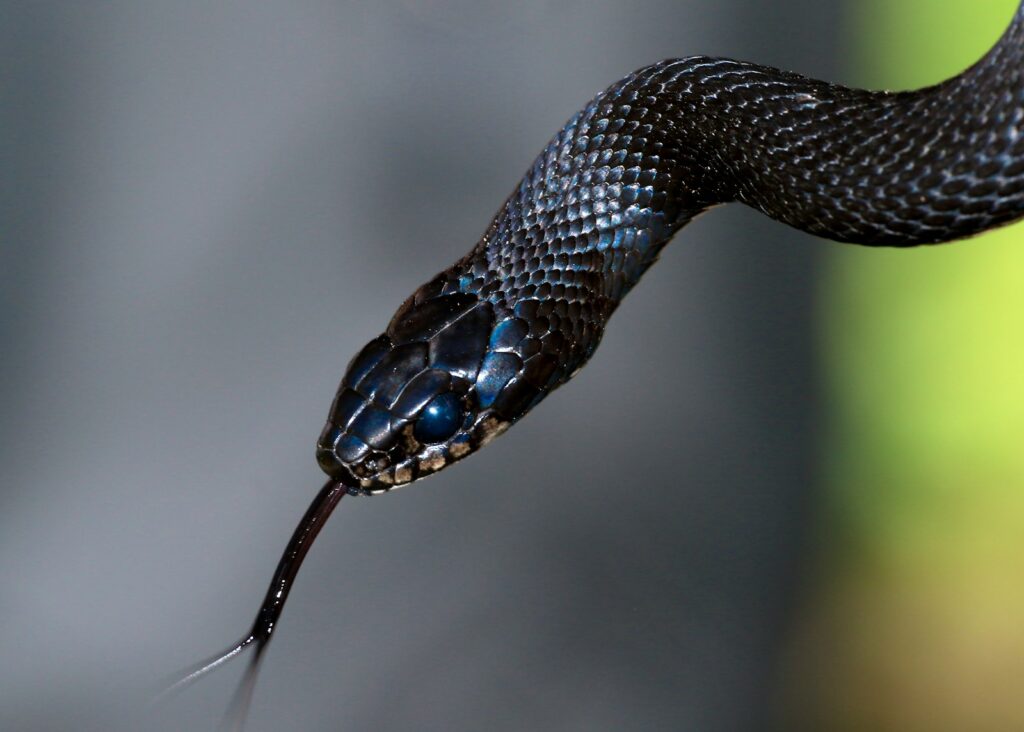
Scientific observations have revealed notable variations in cancer susceptibility across different snake species, reflecting their diverse evolutionary histories and physiological adaptations. Certain colubrids, including rat snakes and king snakes, appear to have higher documented rates of lymphoma and leukemia compared to other families. Boids (boas and pythons) demonstrate a particular predisposition to neoplasms of the liver and digestive tract, possibly related to their specialized digestive physiology adapted for infrequent, large meals. Viperids, including rattlesnakes and other pit vipers, show interesting patterns of reproductive tract tumors that may have hormonal components. These species-specific variations offer valuable comparative data points for understanding the genetic and physiological factors that influence cancer development. Some snake species that have undergone significant genetic bottlenecks in captivity may show higher cancer rates due to reduced genetic diversity, similar to patterns observed in certain purebred dogs. Such differences highlight the importance of species-specific approaches in both preventive care and treatment protocols for captive snakes.
Genetic Factors in Snake Cancer
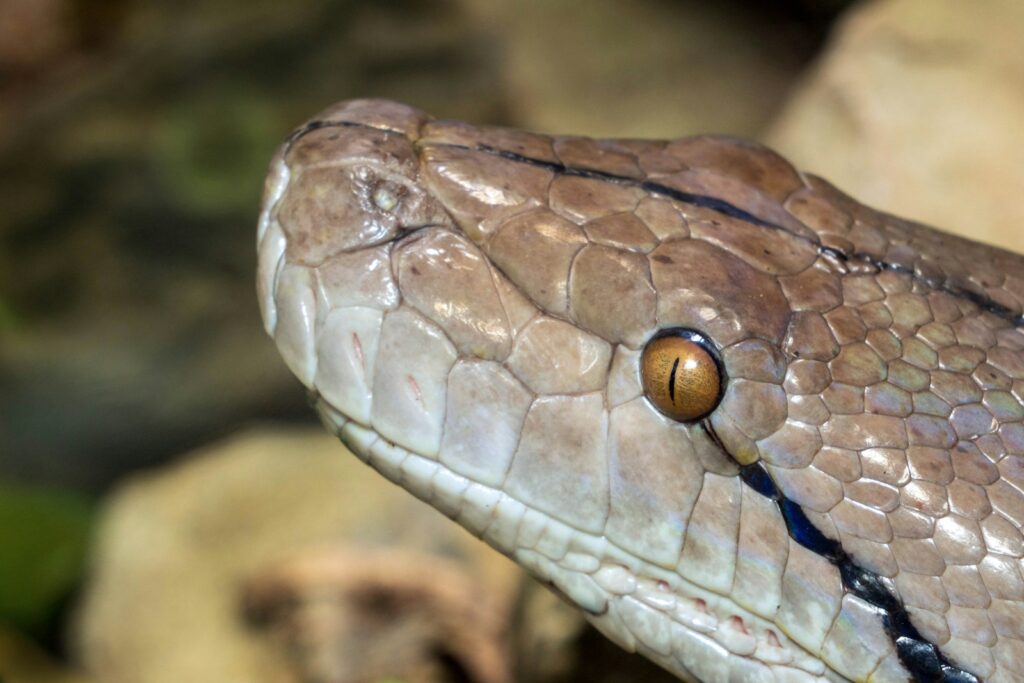
The genetic underpinnings of cancer in snakes remain less thoroughly explored than in mammals, though emerging research is beginning to illuminate this complex aspect of serpent health. Snake genomes contain many of the same tumor suppressor genes and proto-oncogenes found in other vertebrates, including p53 and RAS family genes, which serve as critical regulators of cellular growth and division. Preliminary studies suggest that mutations in these conserved genes can lead to cancer development in snakes, similar to processes observed in humans and other animals. The relatively slower evolutionary rate of certain snake genes compared to mammals might theoretically provide some protective effects against rapid mutation accumulation. Intriguingly, certain snake species possess unique genetic adaptations related to their extreme physiological capabilities—such as the massive metabolic fluctuations in pythons during digestion—which may influence how their cells respond to potentially carcinogenic stimuli. Understanding these genetic factors could eventually contribute to both improved reptile veterinary care and broader insights into cancer resistance mechanisms applicable to human medicine.
Cancer in Wild versus Captive Snake Populations
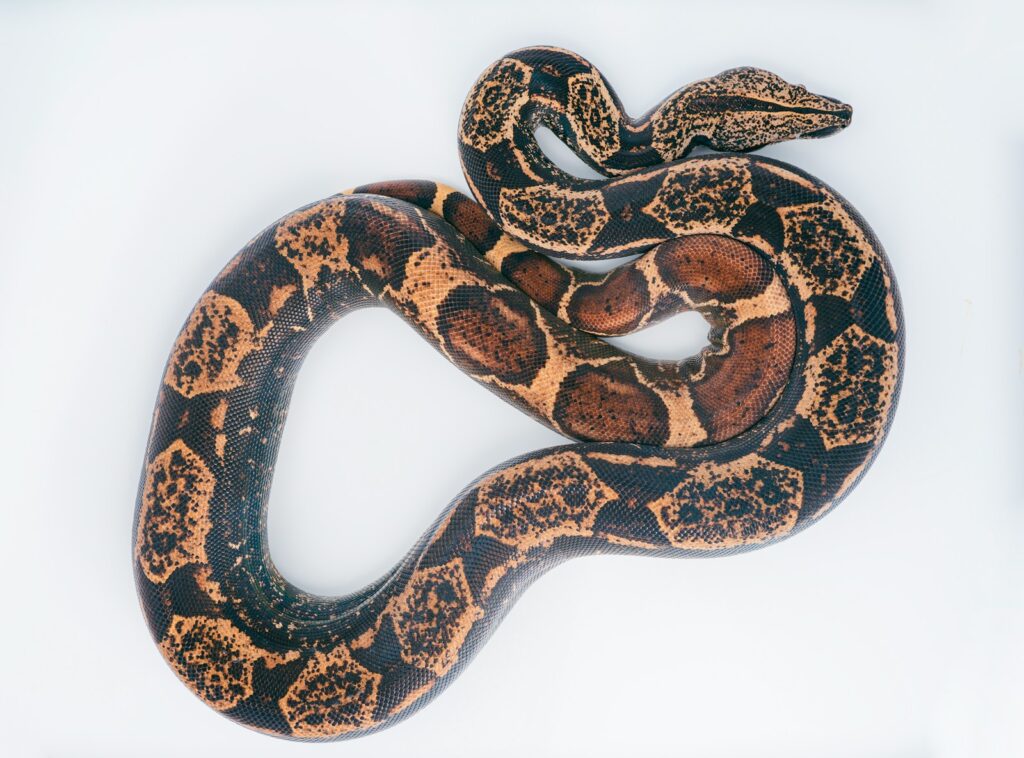
Significant differences have been observed in cancer patterns between wild and captive snake populations, reflecting the distinct environmental pressures and lifestyle factors affecting each group. Captive snakes typically live considerably longer than their wild counterparts, who face predation, resource scarcity, and environmental hazards, allowing more time for cancer to develop in captivity. The controlled environment of captivity introduces different potential carcinogens, including exposure to artificial lighting, substrate chemicals, and sometimes inadequate nutrition that may alter cancer risk profiles. Wild snakes, conversely, may encounter natural toxins, parasitic infections, and environmental pollutants that create different cancer risk factors. Documentation bias plays an important role in our understanding of these differences—wild snakes with cancer often die undetected or are quickly removed by predators, while captive specimens receive veterinary attention and postmortem examination. Some researchers hypothesize that the natural behaviors of wild snakes, including seasonal fasting, hibernation, and high physical activity levels, might provide protective effects against certain cancer types compared to the more consistent metabolic states of captive specimens.
How Snake Cancer Research Benefits Human Medicine

The study of cancer in snakes offers compelling insights that extend beyond reptile health to potentially benefit human oncology research. Comparative oncology—studying cancer across diverse species—provides valuable perspectives on both shared mechanisms and distinctive adaptations that might be leveraged for therapeutic purposes. Snakes’ natural resistance to certain forms of cancer, potentially related to their unique metabolism and immune function, could help identify novel protective pathways that might be activated or mimicked in human patients. Their remarkable ability to undergo extreme physiological states—such as pythons increasing their metabolic rate by 40-fold during digestion without developing the cellular damage associated with similar metabolic shifts in mammals—might offer clues about regulating cellular growth pathways. The rarity of metastasis observed in many snake cancers compared to mammalian equivalents presents an intriguing area for comparative study. Additionally, certain snake venoms contain compounds currently being investigated for anti-cancer properties, as these complex biochemical cocktails evolved to target fundamental cellular processes—some of which are dysregulated in cancer cells. These diverse research avenues demonstrate how understanding snake cancer biology might ultimately contribute to innovative approaches in human cancer treatment.
Prevention and Early Detection in Captive Snakes
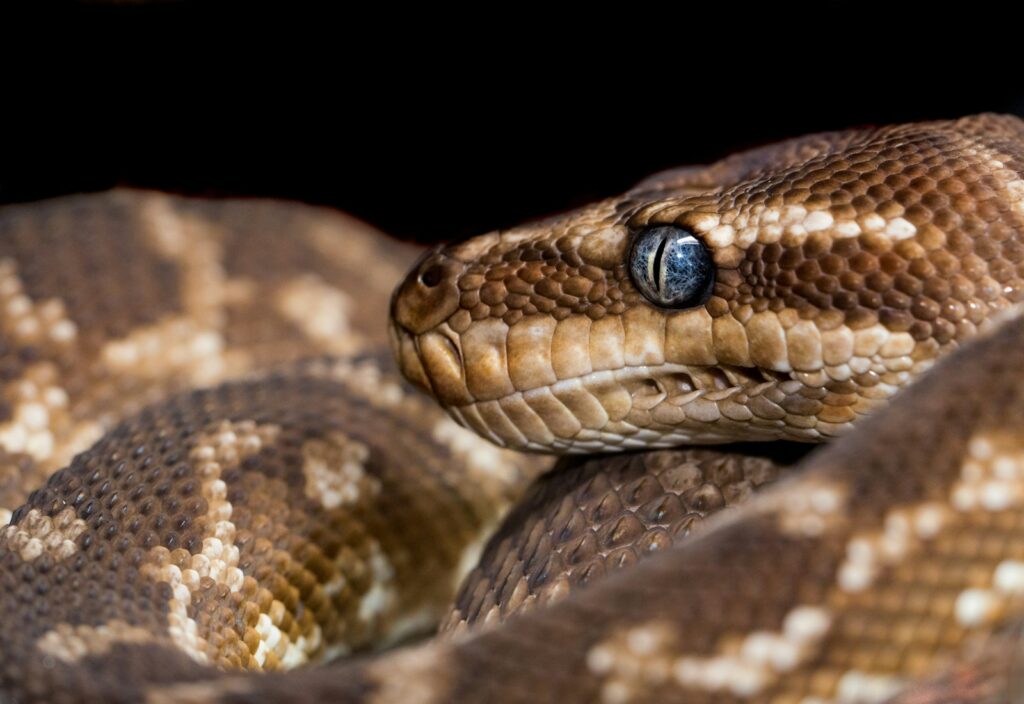
For snake keepers and veterinarians, implementing strategies for cancer prevention and early detection can significantly improve outcomes for captive specimens. Providing optimal husbandry conditions stands as the foundation of cancer prevention, including appropriate temperature gradients, humidity levels, and UV light exposure tailored to each species’ evolutionary adaptations. Nutritional considerations play a vital role, with a balanced diet of appropriate prey items helping to prevent metabolic disorders that might predispose snakes to certain cancers. Regular veterinary examinations, including physical palpation of the entire body and baseline blood work, establish individual health parameters that facilitate earlier detection of abnormalities. Keepers should perform routine visual inspections, watching for unusual swellings, discolorations, changes in shedding patterns, or behavioral alterations that might signal developing health issues. Minimizing exposure to known carcinogens, including tobacco smoke, certain cleaning chemicals, and inappropriate substrates that might contain harmful compounds, represents another important preventive measure. For breeding collections, maintaining genetic diversity through thoughtful breeding programs helps reduce the concentration of potentially cancer-predisposing genetic factors.
Future Directions in Snake Cancer Research

The field of snake cancer research stands at an exciting frontier, with several promising avenues for scientific exploration that could expand our understanding of both reptilian and comparative oncology. Genomic studies comparing cancer-resistant snake species with more susceptible ones might identify key genetic factors conferring protection, potentially applicable across species. Advanced imaging techniques being adapted for reptilian patients promise earlier and more accurate detection of internal neoplasms before they become life-threatening. Emerging molecular diagnostic tools, including liquid biopsies that detect circulating tumor DNA, could revolutionize non-invasive cancer screening in these animals. Collaborative research networks connecting zoological institutions, wildlife rehabilitation centers, and veterinary teaching hospitals are creating larger databases of snake cancer cases, allowing for more robust epidemiological analysis. Novel therapeutic approaches, including targeted immunotherapies designed specifically for reptilian immune systems, represent an exciting frontier in treatment options. The integration of snake cancer data into the broader field of comparative oncology could yield insights beneficial not only to reptile medicine but potentially to human cancer treatment as well, underscoring the interconnectedness of health across species.
As our understanding of snake cancer continues to evolve, it becomes increasingly clear that these fascinating reptiles share fundamental biological vulnerabilities with humans despite our obvious differences. While snakes do experience cancer, their unique physiology, metabolism, and immune systems create distinctive patterns of disease that offer valuable comparative insights. For snake owners and veterinarians, awareness of cancer risks and symptoms enables better preventive care and earlier intervention. For researchers, the study of snake cancer opens windows into evolutionary adaptations that might inspire new approaches to cancer prevention and treatment across species. As we continue to unravel the complex interplay between genetics, environment, and disease in these ancient creatures, we not only improve our ability to care for them but potentially gain new perspectives on combating one of medicine’s most persistent challenges. The slithering survivors of millions of years of evolution still have much to teach us about life, health, and resilience in the face of cellular threats.

